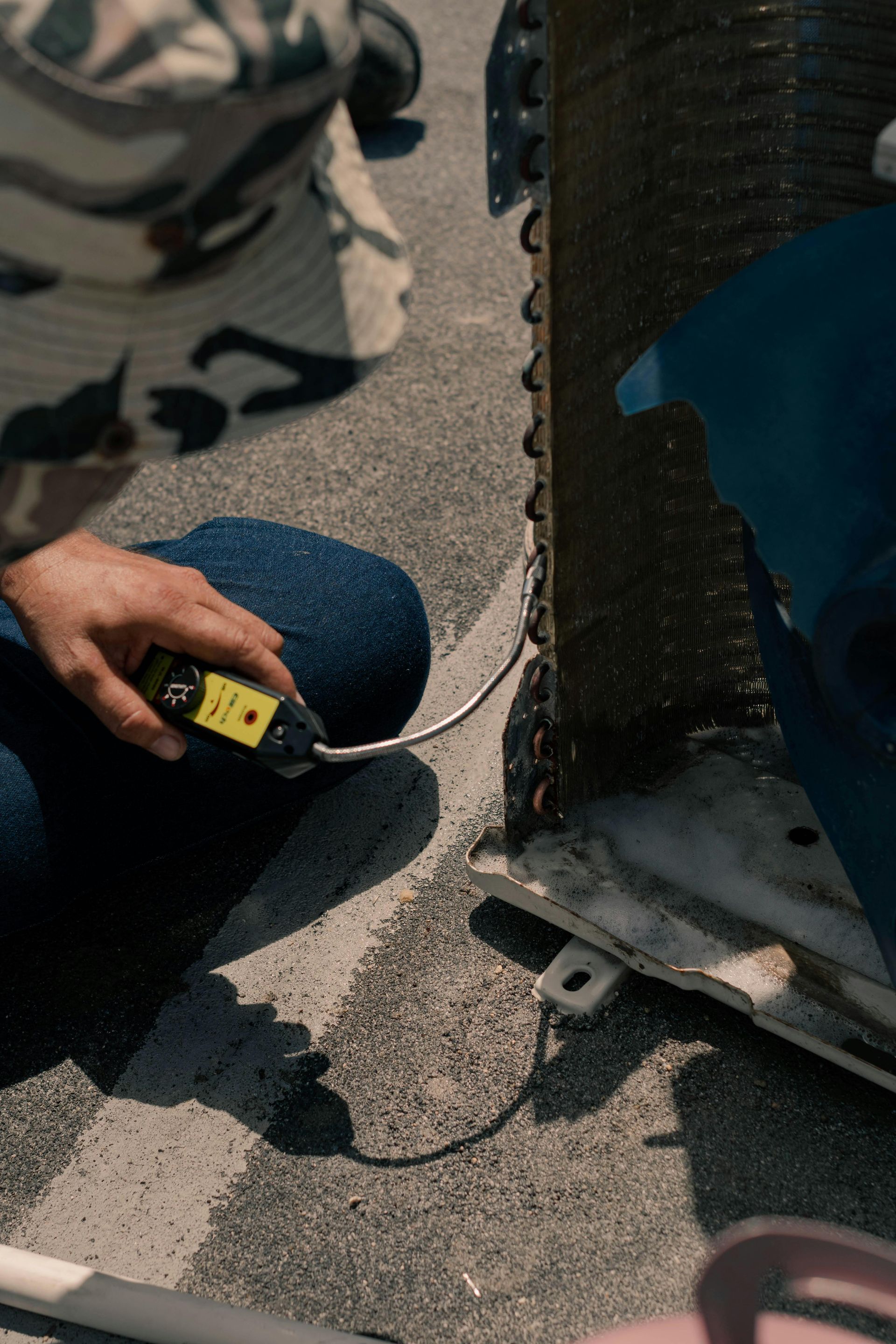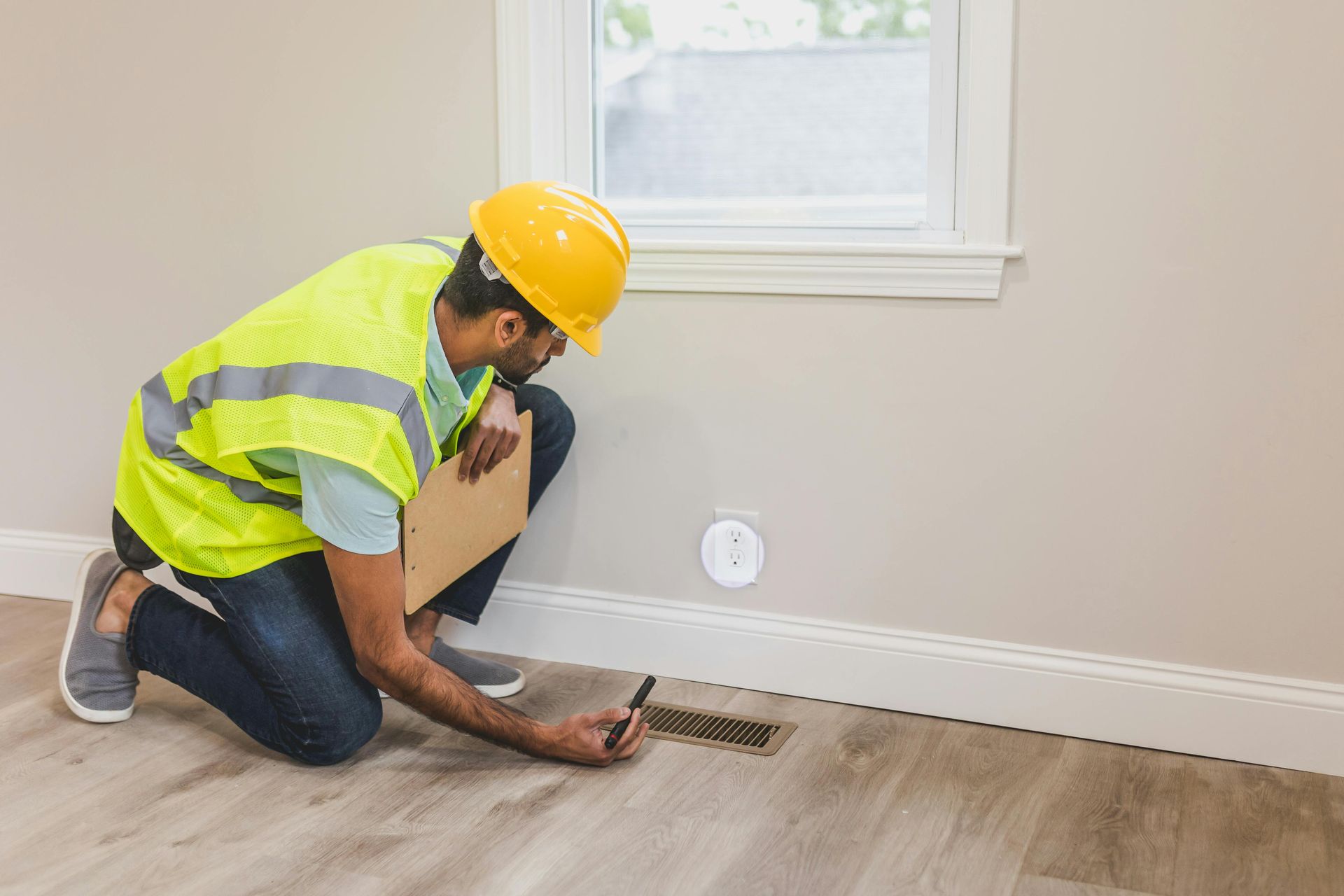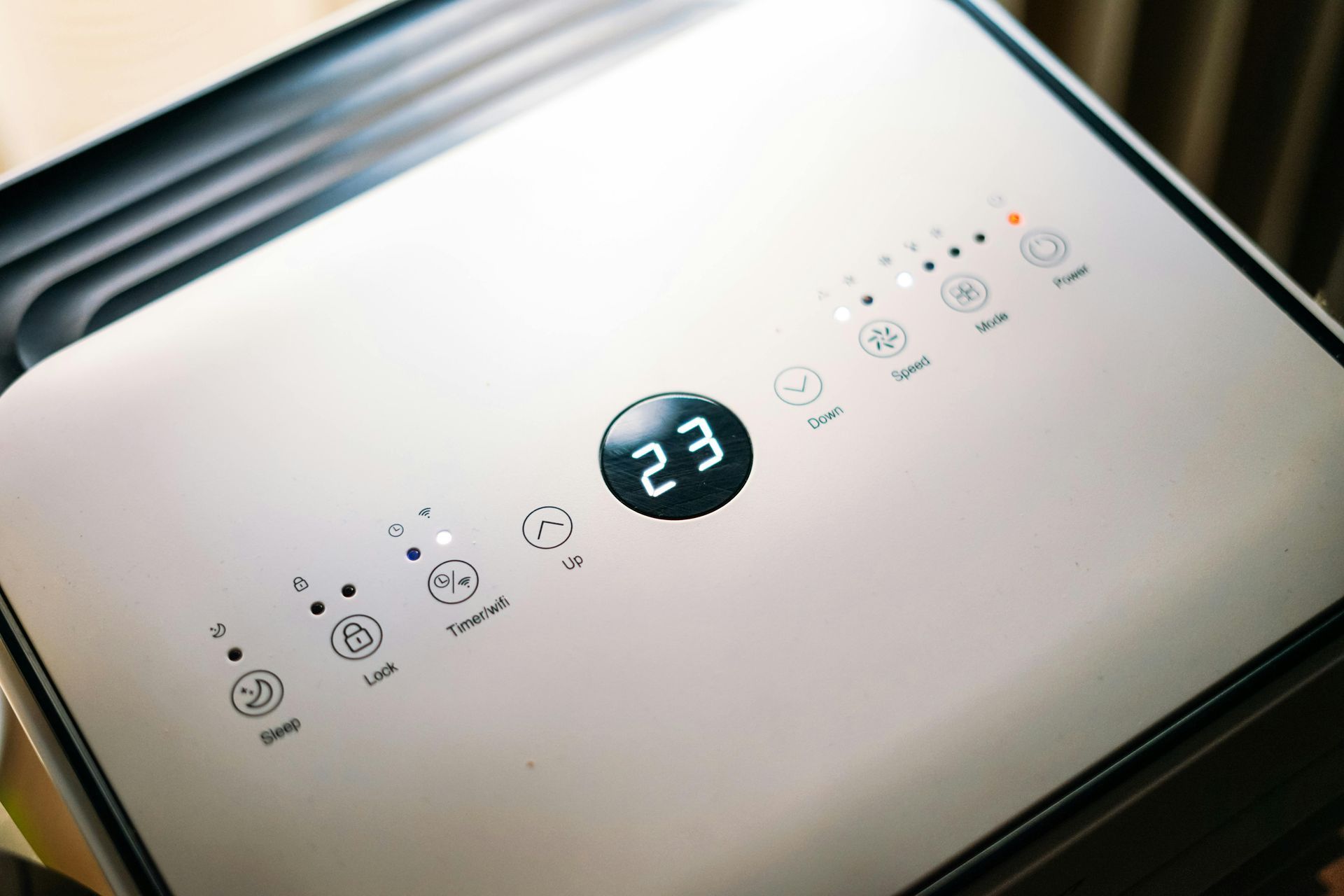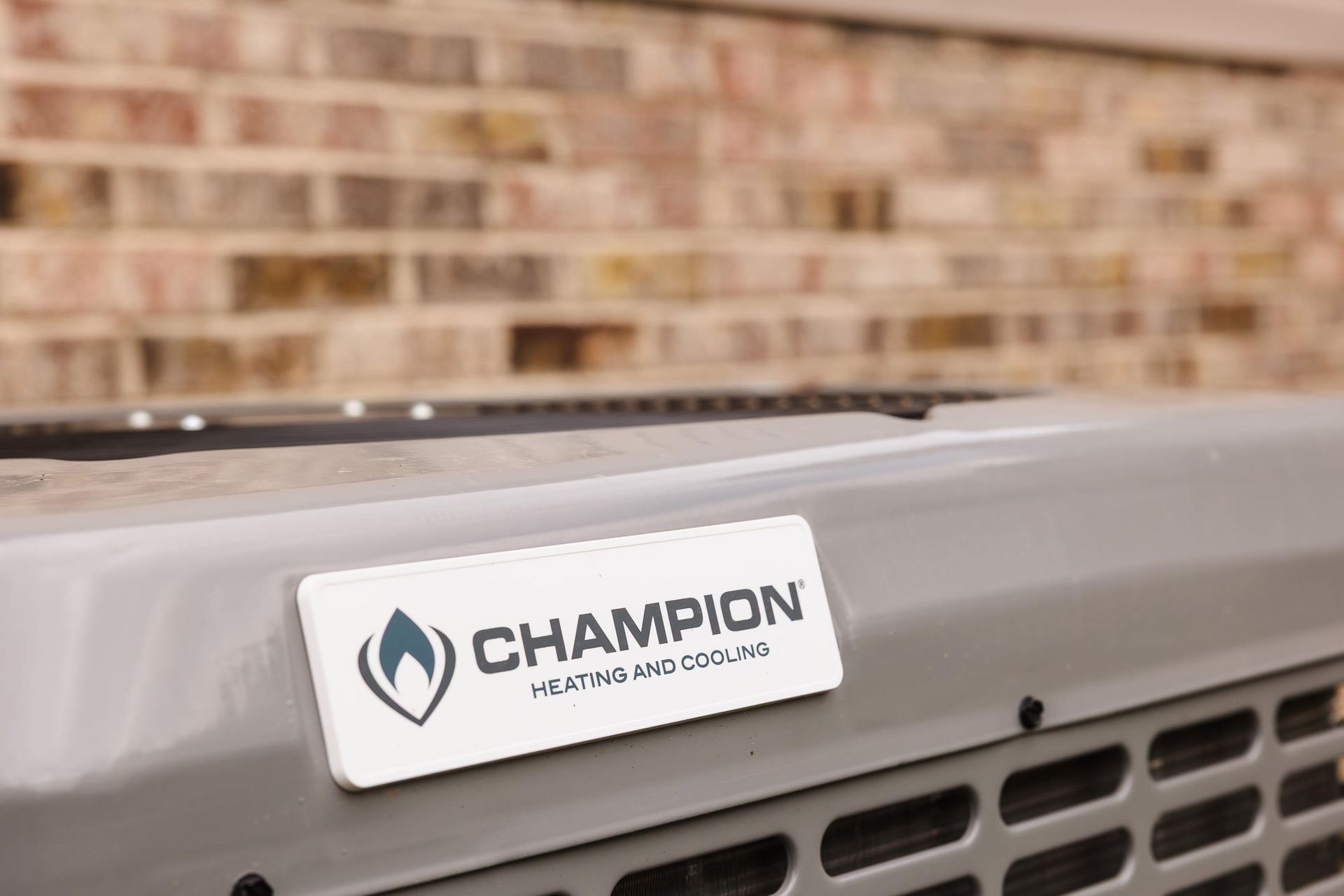Signs that indicate it's time to call an HVAC contractor for repair
Most often you’ll notice clear warning signs that indicate your HVAC needs professional attention: persistent grinding or rattling noises, uneven temperatures between rooms, sudden spikes in your energy bills, weak airflow, frequent short-cycling, water leaks, or unusual burning or musty odors; if you experience any of these or your system is older than 10–15 years and underperforms, contact a licensed HVAC contractor to diagnose and repair issues before they worsen.
Key Takeaways:
- Loud or unusual noises (grinding, banging, screeching) from the unit — indicates mechanical problems needing professional inspection.
- Poor or uneven heating/cooling, weak airflow, or frequent on/off cycling — signs of failing components or airflow blockages.
- Rising energy bills, visible leaks, ice buildup, or burning/rotten smells — potential refrigerant, electrical, or drainage faults requiring a contractor.
Unusual Noises
Odd sounds like knocking, grinding, squeals, or intermittent pops signal specific mechanical faults: worn motor bearings (common after 5–15 years), loose duct straps, or compressor valve issues. Note timing and frequency—startup pops often mean thermal expansion or loose panels, while continuous grinding points to failing bearings. You should log when noises occur and how they change; that data lets a technician diagnose faults faster and often avoids more expensive failures.
Banging or Clanking Sounds
Banging or clanking usually means a loose or broken component—fan blades hitting the housing, a detached duct strap, or a failing blower motor mount. You might hear heavy metal-on-metal with each cycle; that typically worsens within days. If the sound is rhythmic at startup, it can be a failing compressor valve. Turn the system off if impact noises are loud, and have a contractor check mounts, balance the wheel, or replace the motor—repairs commonly range $200–$800 depending on parts.
Hissing or Whistling Noises
Hissing near the indoor coil or refrigerant lines often indicates a refrigerant leak, while whistling at vents usually means high-velocity air escaping through gaps or a failing filter. You’ll notice reduced cooling and higher energy use when refrigerant is low. If the noise increases when the compressor runs, call a certified technician to test pressures (low side typically 25–45 psi, high side 200–300 psi) and locate the source safely.
Technicians use UV dye, electronic leak detectors, or soap-bubble tests to pinpoint refrigerant leaks; EPA Section 608 requires certified handling of refrigerants. Small leaks can be hard to find and may cost $100–$300 for detection and $200–$600 or more to repair and recharge, depending on refrigerant type and amount. For duct whistling, simple fixes like sealing gaps with mastic or replacing a poorly fitting register can restore airflow and cut noise quickly.
Inconsistent Temperatures
| Inconsistent Temperatures | |
|---|---|
Hot or Cold SpotsIf one room runs 5–10°F hotter or colder than the rest, you likely have a balancing problem: blocked registers, closed dampers, poor insulation, or a failing zone control. You can confirm with a handheld thermometer at different times of day; for example, an upstairs bedroom 8°F warmer than the living room during afternoon cooling often points to duct routing or insulation gaps rather than thermostat issues. |
Poor AirflowWhen vents blow weakly despite the fan running, suspect restricted airflow from a dirty filter, clogged return, undersized ducts, or a failing blower motor. A filter overloaded for 2–3 months can cut airflow 15–25%, and collapsed or improperly sized ducts can reduce system performance even more; if you notice weak face velocity or rooms that never reach setpoint, call a contractor. Technicians will measure static pressure and CFM (target roughly 350–450 CFM per ton, about 400 CFM/ton nominal) and check blower amp draw and wheel condition. They’ll inspect for closed dampers, crushed flex duct, and leaks, then recommend actions like filter replacement, sealing ducts, blower cleaning or motor replacement, or duct resizing per ACCA Manual D to restore proper airflow and system efficiency. |
Increased Energy Bills
If your utility costs climb noticeably without changes to occupancy or thermostat settings, your HVAC is likely the cause; heating and cooling often account for around 40–50% of home energy use, so a 10–20% unexplained bill increase can signal failing components, refrigerant leaks, or duct losses that lower system efficiency and drive up runtime.
Unexplained Spike in Costs
When a monthly bill jumps 10–20% compared to the same month last year despite similar weather and use, investigate your HVAC first; faulty thermostats, low refrigerant, or a blower motor drawing excess amps often produce sudden cost spikes, and a contractor can perform a load check and energy audit to pinpoint the culprit.
Inefficient System Performance
If your system runs longer, cycles more frequently, or struggles to reach set temperatures, efficiency has dropped; a 10+-year-old unit can be 20–40% less efficient than a new model, and symptoms like uneven rooms or weak airflow usually mean it's time for professional diagnostics.
Signs to track include runtime increases (for example, typical 30–45 minute cooling cycles stretching to 90+ minutes), decreased airflow in specific rooms, rising compressor amperage, and frequent short cycles. A contractor will measure airflow (CFM), test refrigerant pressure, inspect coils and duct leakage, and often finds causes such as refrigerant undercharge, a failing capacitor, or 20–40% duct losses; expect a diagnostic visit to cost roughly $75–$200 depending on region and tests performed.
Frequent Cycling
If your system turns on and off many times per hour, you’re seeing frequent cycling that shortens component life and worsens comfort. Watch for more than 4–6 cycles per hour or runs under 10–15 minutes; those patterns often signal an oversized unit, thermostat placement issues, low refrigerant, or airflow restriction. Call an HVAC contractor when cycling is persistent so they can diagnose oversized equipment, control faults, or refrigerant leaks before you face compressor failure or a 20–30% jump in energy costs.
Short-Cycling Issues
Short-cycling shows as repeated short runs—often 3–10 minutes—caused by an oversized system, clogged filters, stuck relays, or thermostat feedback from a warm wall or sunlight. You’ll notice uneven rooms and rising bills while the compressor endures excessive starts; technicians commonly find capacitor faults or low refrigerant when diagnosing these cases. If your system cycles more than 4–6 times an hour, have a pro measure run times, thermostat location, and start-capacitor performance to prevent early compressor replacement.
Long Operating Hours
When your unit runs continuously for many hours and still can’t reach the setpoint, you’re facing long operating hours that signal poor heat transfer or incorrect sizing. You might see 10–14 hour days in summer or near-constant runs in shoulder seasons; common causes include dirty coils, restricted airflow, low refrigerant, or an undersized system. Schedule a contractor to check airflow, coil condition, and refrigerant levels before wear leads to compressor lockup or frozen coils.
Technicians will measure refrigerant pressures, amp draw, and airflow—aiming for roughly 350–450 CFM per ton and a 15–20°F evaporator temperature drop—to pinpoint the fault. They’ll also inspect filters, duct leaks, thermostat calibration, and fan motors; fixes range from a coil clean or recharge to duct sealing or recommending a correctly sized replacement. Acting on these diagnostics reduces energy use and extends equipment life.
Strange Odors
If unusual smells emerge from your vents—burning, musty, rotten-egg gas, or chemical—you should act quickly; a persistent odor that returns within 5–10 minutes of running the system often signals a mechanical, electrical, or safety issue. You can use odor timing, location, and whether it starts only when the system runs to help diagnose: continuous smells from ducts point to contamination, while smells only near the unit point to motor or wiring problems.
Burning Smells
If you smell burning plastic, rubber, or electrical insulation when the HVAC runs, shut the system off immediately and check your breaker; overheating motors, failing capacitors, or shorted wiring commonly cause this. You should avoid running the unit—persistent burning odors that recur within 24 hours often require professional inspection to prevent fire risks and component failure, especially if the smell is accompanied by smoke or tripped breakers.
Musty or Moldy Smells
A musty, damp odor coming from vents usually indicates mold or bacterial growth in the evaporator coil, condensate pan, or ductwork—conditions are often worsened when indoor humidity exceeds about 60%. You may notice increased allergy symptoms, and the smell tends to be strongest at system startup or in humid months, signaling the need for cleaning and moisture-control measures.
More information: a targeted inspection will check condensate drain flow, coil cleanliness, and duct access for visible mold; HVAC coil cleaning is commonly recommended every 1–2 years in humid climates, while a blocked drain can be cleared in under an hour. You can mitigate recurrence by lowering humidity to 40–50%, installing a UV-C lamp at the coil, and scheduling professional duct cleaning if mold is found—costs typically range from a few hundred dollars for coil service to higher amounts for extensive remediation depending on severity.
Age of Equipment
Once your system passes the decade mark its reliability and efficiency decline noticeably. Central air conditioners and heat pumps typically last 10–15 years, while well-maintained gas furnaces often reach 15–20. You should compare repair frequency and cost against efficiency gains: replacing a 12-year-old 10 SEER unit with a 16 SEER model can reduce cooling bills roughly 30–35% and cut the risk of repeated service calls.
Lifespan Considerations
Different components age at different rates, so you should track runtime, service history, and warranty status. Compressors and outdoor coils tend to fail sooner in humid or coastal climates. If maintenance lapsed, expect more frequent refrigerant recharges and motor issues after 8–10 years. Use repair frequency and parts availability as key metrics when deciding between patching and replacing.
Signs of Aging Components
If you hear grinding, rattling, or persistent cycling, those are clear indicators of bearing, motor, or control failures. You may also spot rusted coils, oil stains, or refrigerant residue near connections. Rising energy bills—by 15–25% for the same usage—often reflect internal wear. Log these signs to give your contractor a fast, accurate diagnosis.
Common failing parts to highlight to your technician include leaking evaporator coils, cracked heat exchangers (a safety concern), failing capacitors, and worn blower motors. Compressor replacements typically cost $1,200–$2,500; when multiple major components are failing and the unit is older, replacing the system—usually $5,000–$10,000 for central systems—can be the smarter investment. Bring age, last maintenance date, and recent repair records to the estimate.
Final Words
Following this, if you notice uneven temperatures, strange noises, frequent cycling, rising energy bills, water leaks, or persistent odors, you should contact an HVAC contractor promptly; addressing these signs early helps prevent larger failures, maintain comfort, and extend the lifespan of your system while ensuring safe, efficient operation.
FAQ
Q: What unusual noises from my HVAC indicate I should call a contractor?
A: Loud or new noises such as banging, clanking, grinding, squealing, hissing or continuous rattling often signal mechanical failure. Banging or knocking can mean loose or broken ductwork or a failing compressor; grinding usually points to worn motor bearings; high-pitched squeals often indicate a slipping belt or failing blower motor; hissing may suggest a refrigerant leak. If noises are persistent, get louder, or coincide with loss of heating/cooling, schedule a professional inspection to prevent further damage.
Q: Which performance problems mean it's time to get professional repair?
A: Signs include weak or uneven airflow, rooms that won't reach set temperatures, the system short-cycling (turning on and off frequently), running continuously without reaching comfort, or a sudden spike in energy bills. These symptoms can stem from clogged filters, blocked ducts, failing blower motors, refrigerant leaks, or compressor issues. If simple checks (clean filter, thermostat settings) don't fix it, call an HVAC contractor to diagnose and repair the root cause.
Q: What visible signs or smells should prompt an immediate HVAC service call?
A: Water pooling or active leaks around the indoor unit, persistent moisture or mold near vents, visible ice buildup on coils, strong chemical or sweet refrigerant odors, or burning/electrical smells require prompt attention. Leaks often indicate clogged condensate drains or failed drain pans; ice suggests airflow or refrigerant problems; chemical or burning odors can indicate refrigerant leaks or electrical faults and may pose safety risks. Turn the system off if you detect burning smells or large leaks and contact a contractor right away.





